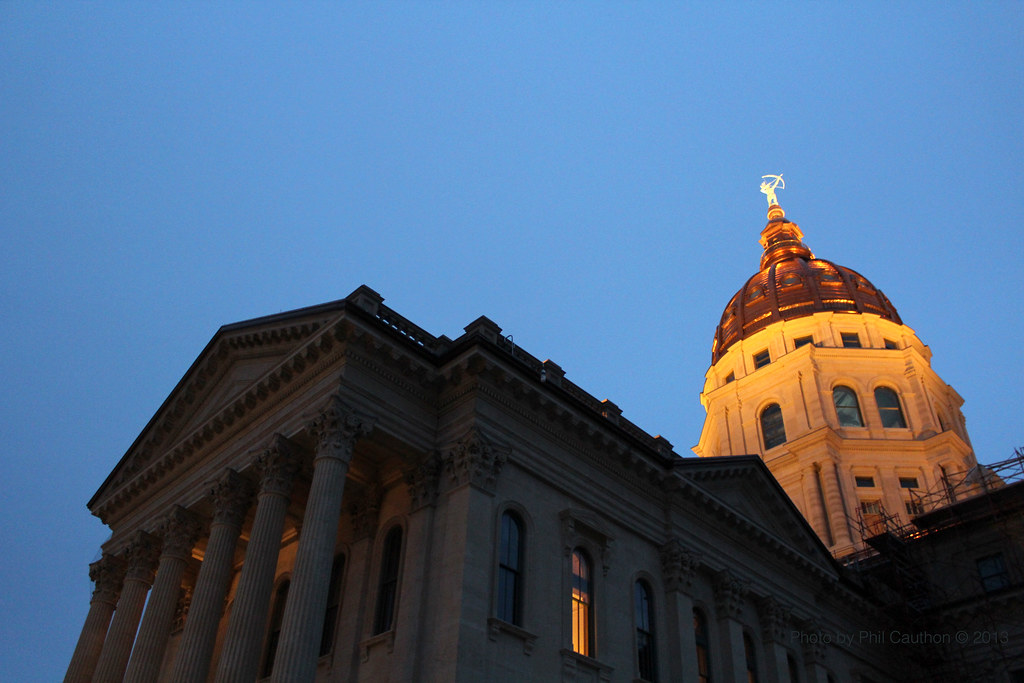
In light of COVD-19 sweeping its way across the country, Govs. Laura Kelly (D-Kan.) and Mike Parsons (R-Mo.) both issued statewide stay-at-home orders for the following weeks. However, the Governors differ in how they come to that decision and what the order means for their state.
Kelly acted first, releasing Executive Order 20-16 March 28, which calls for Kansans to not leave their home except for essential functions, including going to grocery stores or pharmacies, seeking medical care, caring for family members and performing essential work. The article also states that limited outdoor activity that respects social distancing protocols is safe.
The article went into effect March 30 and lasts until April 19, though it is open to being extended.
Kansas was the 22nd state in the nation to make such a decision.
“I know this is hard, and I can’t tell you how much I wish it weren’t necessary, but we have a small window to ensure that Kansas does not suffer the same terrible fate of other hard-hit states like New York and Missouri.” Kelly said. “We’ve all got to do our part to help stop the spread of the disease. Stay home. Stay Safe.”
The Governor’s website says that the goal of the order is to promote a statewide uniform response to the pandemic, and to give medical facilities time to prepare for the expected surge of patients in the coming weeks.
In Missouri, Parsons issued a similar order April 6th. The order places common restrictions on not leaving your house except when necessary but is more flexible when it comes to keeping businesses open.
The order is effective until April 24 and specifically allows Missourians to get takeout or delivery from restaurants and go to churches as long as social distancing measures are respected. Nonessential businesses that stay open must have fewer than 10 people total, and they must stay six feet away from each other.
In addition, even essential businesses must limit their customers. The state says small spaces must have no more than 25 percent of maximum capacity and larger spaces must have no more than 10 percent of maximum capacity.
Experts say the flexibility in Parson’s order is not good enough for our current situation.
“That does not look like a stay at home order,” said Cindy Prins, and epidemiology professor at the University of Florida.
After days of criticism Gov. Parsons doubled down on his decision.
“This power is something I think should be rare for the government to ever take advantage of, and for one person to make the decision for six million Missourians without due process, [would be] jeopardizing their liberty,” Parsons said.
These statewide orders come after city and county measures were already in effect in the region. Kansas City has been under stay-at-home orders since March 21. Johnson, Jackson and Wyandotte counties were also included in the order.
“My view is that it is essential for public health to make sure that we are getting the stay at home message across,” Kansas City Mayor Quinton Lucus said.
He also noted that prior to the order, Kansas Citians were not as cooperative with stay-at-home and social distancing recommendations and hoped the order would encourage residents to take the situation more seriously.
Clay County, where William Jewell is located, extended the stay at home orders the following day.
As of April 7, Missouri had more than 3,000 confirmed cases and 53 deaths. Kansas recorded 900 cases and 27 deaths.
